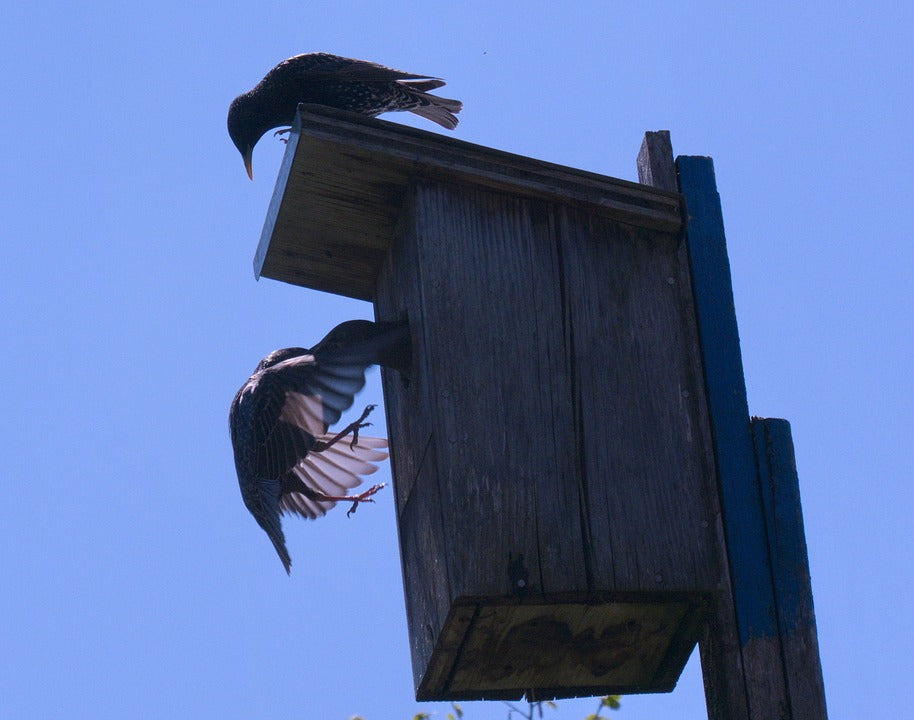Offer
Provide additional details about the offer you're running.
Provide additional details about the offer you're running.
Provide additional details about the offer you're running.

A common misinterpretation among birders and other nature lovers is that the female of the species is the sole caretaker for any newborn birds. While in some cases this can be absolutely true, in most others, it is quite the opposite.
Typically speaking, the majority of bird species partake in a socially monogamous relationship for the entire duration of the breeding season. This means that in addition to attracting and settling on a suitable mate, members of both sexes will construct a nest, aid in the egg-laying process and will both incubate the eggs and forage for food from sun-up to sun-down.
In the wake of Father’s Day, we have put together an article highlighting the different modes of parental care in birds and the roles played by the parents under a few different species.
This is the most common form, especially in passerines. This means that both parents will equally contribute to the well being of the offspring including feeding and guarding the nest and young fledglings.
In most cases, the female is the chief caretaker while the male does the bulk of the foraging for food. The male will not only provide the food to his newborn chicks, they will also often feed the mother, who will then regurgitate that food for her young.
While approximately 85 percent of birds fall under this form of parenting, some species such as red-eyed vireos perform parenting duties in an opposite fashion. The male will tend to the nest and young while the female will forage for food.
As the title suggests, this form of parenting in birds refers to parenting roles in which the male is involved in breeding with the female of the species. This type of parenting takes place in only 8 percent of bird species and in a few select cases, this applies to male-only care.
Male hummingbirds, for example, will only mate with a female and then continue to guard his pre-determined territory.
High Quality Blend